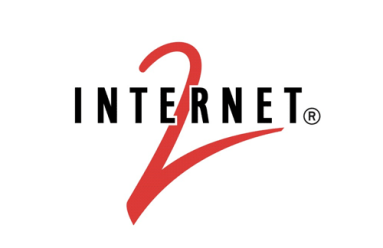Kentik Blog
























In higher education, embracing the cloud enhances your ability to achieve successful outcomes for students, researchers, and the organization as a whole. But just as in business, this digital transformation can succeed only if it’s anchored by modern network visibility. In this post we look at the network as more than mere plumbing, identifying how big data network intelligence helps realize high-priority educational goals.
In headlines this week, investor Mary Meeker released her annual “Internet Trends” report, which includes internet growth across regions. SD-WAN is not top-of-mind for IT professionals, according to a new survey. And open source networking tools may be getting better, but there’s still a lot of challenges with them. More after the jump…
Stuck with piles of siloed tools, today’s network teams struggle to piece together both the big picture and the actionable insights buried in inconsistent UIs and fragmented datasets. The result is subpar performance for both networks and network teams. In this post we look at the true cost of legacy tools, and how Kentik Detect frees you from this obsolete paradigm with a unified, scalable, real-time solution built on the power of big data.
This week in networking news, GE and HPE are just two of the companies pushing for open data center designs via a new nonprofit. Meanwhile, researchers are pushing for a way for first responders to have faster internet access. And 451 Research is forecasting the data platforms and analytics market will reach $138.5 billion by 2021. More after the jump…
Large or small, all ISPs share the imperative to stay competitive and profitable. To do that in today’s environment, they need traffic visibility they can’t get from legacy network tools. Taking their lead from the world’s most-successful web-scale enterprises, ISPs have much to gain from big data network and business intelligence, so in this post we look at ISP use cases and how Kentik Detect’s SaaS model puts key capabilities within easy reach.
This week we learned Australia invested $36B to modernize broadband. But it’s not working, according to NY Times, which reports on the country’s crawling internet speeds. Also happening this week, VMware swooped up mobile app intelligence startup Apteligent for more analytics capabilities. Meanwhile, over in Austin, the annual BCE is taking place. That’s where BT talked NFV challenges. More after the jump…
SDN holds lots of promise, but it’s practical applications have so far been limited to discrete use cases like customer provisioning or service scaling. The long-term goal is true dynamic control, but that requires comprehensive traffic intelligence in real time at full scale. As our customers are discovering, Kentik Detect’s traffic visibility, anomaly detection, and extensive APIs make it an ideal source for actionable traffic data that can drive network automation.
Following reports of a Russian BGP hijacking last week, in the headlines this week is new research to suggest a similar hijacking incident could take down bitcoin’s ecosystem. Meanwhile, Light Reading is talking network functions virtualization (NFV) and how network operators can face relevant challenges with it. SpaceX also makes our highlights, with news of more than 4,000 internet satellites it plans to launch. Read about these stories and more after the jump…
Without package tracking, FedEx wouldn’t know how directly a package got to its destination or how to improve service and efficiency. 25 years into the commercial Internet, most service providers find themselves in just that situation, with no easy way to tell where an individual customer’s traffic exited the network. With Kentik Detect’s new Ultimate Exit feature, those days are over. Learn how Kentik’s per-customer traffic breakdown gives providers a competitive edge.









